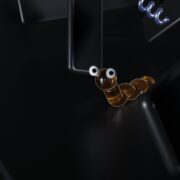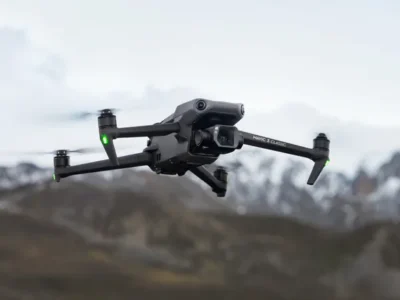Scientists at MIT have developed a camera that is not only wireless but also battery-free. This diminishes the dependency of underwater cameras on batteries, as there has been a high cost of powering underwater cameras for a long time. Either a particular vessel must be deployed to recharge the camera, or it is wired with a ship that constantly keeps it active. Scientists believe that we have only explored 5% of the oceans on Earth, while the other 95% has not been observed. This means that more of Mars and the Moon’s dark side has been explored compared to the Earth’s oceans.
At a time when companies are spending millions on exploring Earth and Space. The underwater camera developed by MIT scientists comes as a savior, as it is not only 100,000 times more energy-efficient than other cameras as it is battery-free and wireless, but it also takes high-quality colored images, especially in low-light conditions, and then transmits them through the water to the surface.
How does the Camera perform?
The camera is autonomous, meaning it controls itself and not by someone else. It uses the concept of conversion of energy from one form to another to convert signals to images. It is primarily powered by sound, converting the mechanical energy of sound waves in the water into electrical energy, which is then used to capture images. The images are then converted back to sound waves as bits (1s and 0s) and sent to the receiver on the surface, which receives this as binary information and reconstructs the signals as images. As it does not need to rely on a battery, the device constructed by the Engineers at MIT is expected to run for weeks before being pulled back.
This would enable researchers to capture the undiscovered parts of the ocean and open up more research opportunities on ocean health, pollution, and underwater creatures. In addition, it can also be used to build climate models on how climate changes underwater.
The researchers tested the camera by taking several pictures in different underwater conditions. All the images taken were colored and of high quality, and the pictures’ elements could easily be distinguished. It also captured underwater plants that grew in dark environments and monitored their growth over one week. The camera transmitted binary data 40 meters from the receiver in its latest test. If this range could be increased, it could open up more opportunities for exploring deeper parts of the ocean.
The way the camera is made to perform without a battery is by attaching transducers made from piezoelectric materials on its exterior. When a mechanical force in the form of sound waves is applied to the transducers, they vibrate and convert the mechanical energy to electrical energy, which the device uses to function. These sound waves are generated mainly by fish swimming or ships passing by. The camera then stores the energy until it has enough to power the electronic components. When the picture is captured, the picture is black and white, but when it is processed, a color image can be constructed.






















Comments